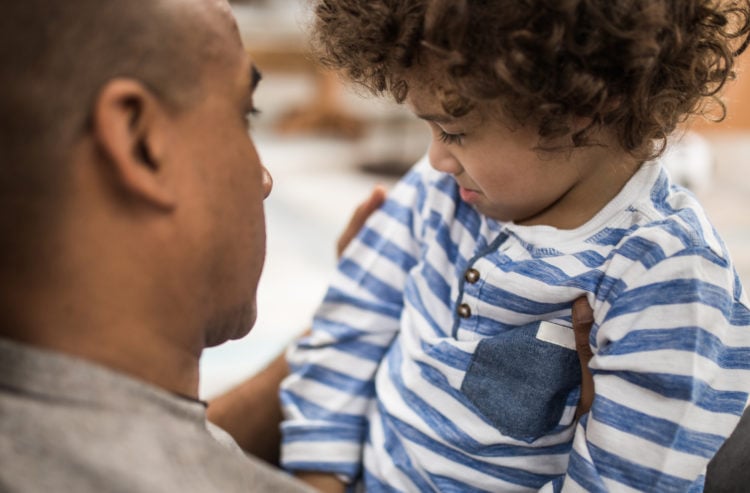Children who have autism spectrum disorder (ASD) may manifest the condition in a number of ways—and some of those ways, unfortunately, can cause them harm. Many children with ASD may behave in ways that cause them to injure themselves. Here is what recent research has to say about the relationship between ASD and self-injurious behavior.
What is self-injurious behavior?
Self-injurious behavior (SIB) is a term that describes any behavior that involves deliberate, non-lethal harm to the self. In children with ASD, common types of self-injurious behavior may include pulling hair, scratching nails on the skin, biting the skin, or banging the head against walls or other objects. The behavior tends to be repetitive, and children usually seem to engage in it impulsively.
Do all children with ASD injure themselves?
While not all children who have ASD and related disorders engage in self-injurious behavior, many do. According to a 2016 study looking at the prevalence of SIB in 8-year-old children with ASD, published in The Journal of Autism and Developmental Disorders, approximately 28 percent of them demonstrated some form of self-injurious behavior.
How can self-injurious behavior in children be treated?
Treatment of self-injurious behavior will begin by trying to identify the function or the reason why a child engages in the behavior. There are numerous reasons why children may demonstrate self-injurious behavior, including a reaction to pain caused by an unrelated issue, inability to communicate effectively and in frustration injure themselves, attempts to obtain an object or result, or even seizures. It’s important to collect as much information as possible about the behavior—including where the child is when it occurs, who is around the child, and any events that precede the behavior and what happens after the behavior occurs—in order to determine why the child engages in the behavior. Once it is understood why a child is engaging in this behavior, an intervention can be planned to reduce its frequency and teach a skill so the child’s needs are met with the intent to eliminate the behavior.

